From Heian to Heartstrings: The Influence of Classical Japanese Literature on Romance Anime
Hey, GEERDS! Reaper’s back and today diving into Japanese classical literature. Why? Because I wanna take lessons on how to become a playboy, yes you heard that right.
Imagine a Heian noblewoman seated behind a silk-draped screen, her delicate fingers brushing over a perfumed love letter as cherry blossoms drift in the breeze outside—a scene straight out of a romance anime, right? Today’s meet-cutes under sakura trees and moonlit confessions owe their existence to this ancient aesthetic. Long before Your Name or Fruits Basket made us ugly-cry over star-crossed lovers, the Heian court was busy setting romantic standards with The Tale of Genji, the literary equivalent of an emotional rollercoaster and the OG messy love triangle drama.
Let’s time-travel to this ancient era of powdered faces, silk kimonos, and poetry battles to explore how its literary legacy has left its kimono-print mark on modern romance anime.
Heian Era: Love, Literature, and Lip Service
First, let’s talk about the Heian era—the golden age of Japanese literature. It was a time when Kyoto was the capital, aristocrats ruled, and aesthetics were life. The Heian elite were obsessed with beauty, refinement, and poetry. To win someone’s heart, you didn’t swipe right; you composed a flawless poem and sent it on perfumed paper (because Heian nobility didn’t do “casual”).
In this courtly world, love wasn’t just about feelings—it was a highly ritualized performance. Women hid behind screens, and relationships were conducted through handwritten letters. Yet somehow, this era produced some of the most complex love stories ever written.
The MVP of this period? Lady Murasaki Shikibu and her magnum opus, The Tale of Genji.
The Tale of Genji: Japan’s First Romance Drama (and Maybe Soap Opera)
The Tale of Genji is often referred to as the world’s first novel. Think of it as a Heian-era The Bachelor—only way more poetic and emotionally devastating. It follows Prince Genji, a handsome nobleman with more emotional baggage than all your favorite romance anime protagonists combined. Genji is the ultimate “problematic fave.” He falls in love, falls out of love, and falls back in love with people he probably shouldn’t be loving in the first place.
Genji’s story is a whirlwind of longing, betrayal, heartbreak, and desires that remain just out of reach—basically, the entire blueprint for modern romance anime. One scene that stands out is Genji’s yearning for Lady Fujitsubo, a love both forbidden and unattainable. Their story, full of stolen glances and unspoken emotions, mirrors countless anime romances where the protagonists are trapped by circumstances beyond their control. This delicate balance between love and loss has become a hallmark of the genre, with Your Lie in April or Fruits Basket carrying that same bittersweet weight. His relationships are complex and messy, often reflecting societal norms and expectations rather than idealized love. Sound familiar?
Storytelling in Romance Anime: Echoes of Heian Drama
Fast-forward to today’s romance anime, and the fingerprints of Heian storytelling are all over the place. Before diving into the specifics, it’s worth summarizing how The Tale of Genji established key storytelling motifs—longing, forbidden love, and poetic expressions—that modern romance anime can’t seem to resist. Let’s break it down:
1. Longing and Separation
Heian-era romances were all about longing. Couples were rarely allowed to be together, and their love was often doomed by circumstance. Modern anime loves to dip into this well of angst. Think 5 Centimeters Per Second, where two childhood friends are kept apart by fate and timing (and maybe the world’s slowest text messages).
In The Tale of Genji, Genji spends entire chapters pining for women he can’t have. That same energy fuels anime like Your Lie in April, where love and longing are inextricably linked with tragedy.
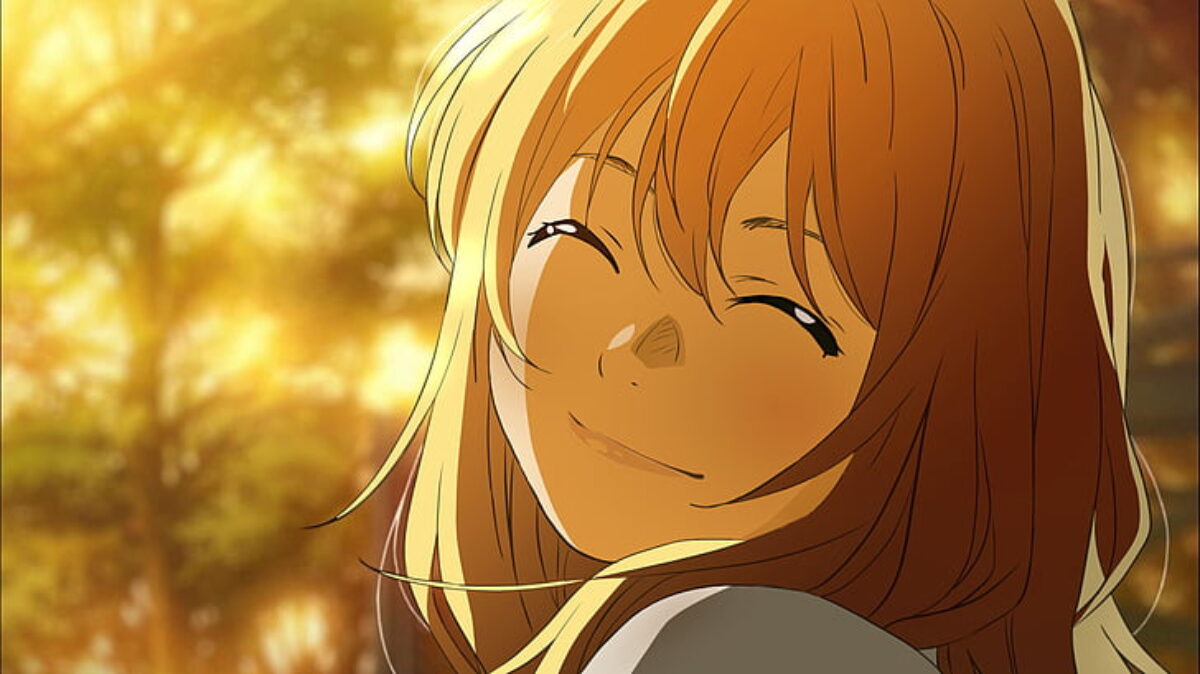
2. Poetry Battles and Verbal Sparring
Back in the Heian era, love letters were an art form. If your poetry game wasn’t strong, you weren’t getting a date. This love of poetic expression translates into anime characters who communicate their feelings through lyrical confessions or poetic dialogue.
Take Kaguya-sama: Love is War. While the show’s mind games are more about wit than poetry, the verbal sparring and indirect confessions are very much in the spirit of Heian courtship.
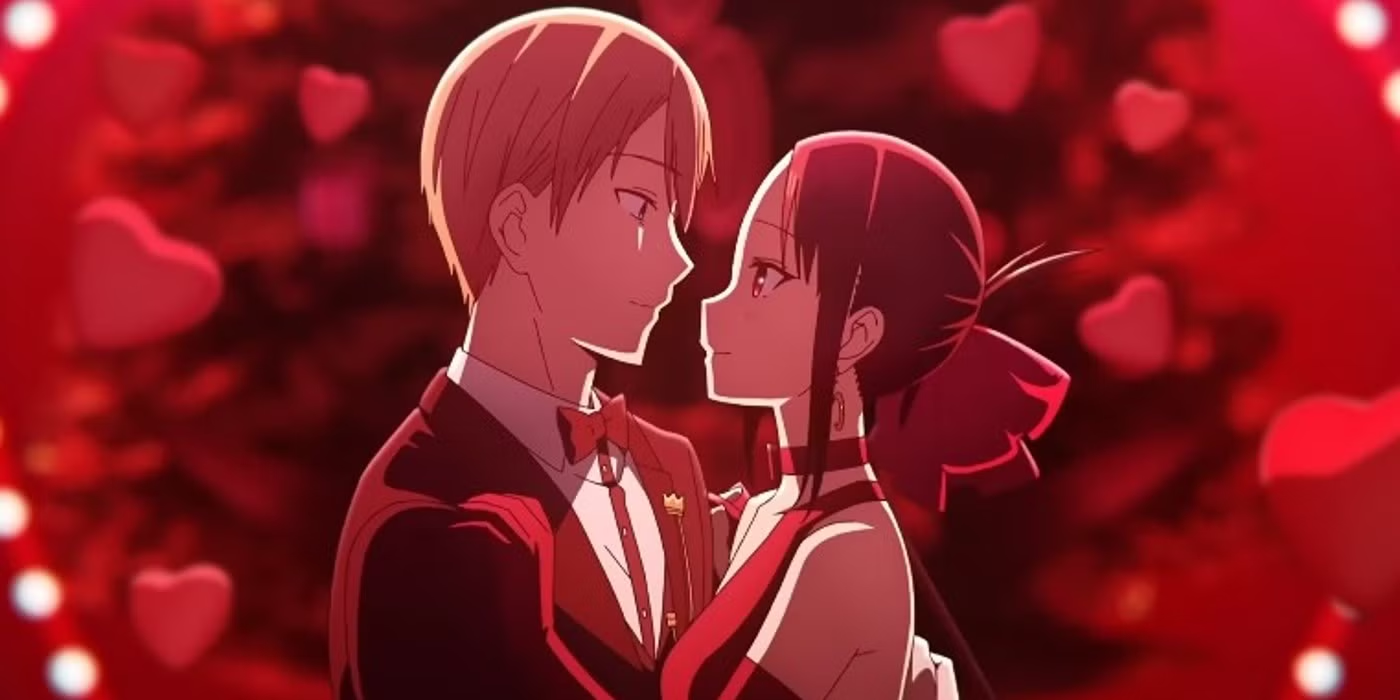
3. Emotional Restraint (Until It Isn’t)
Heian romances thrived on subtlety and hidden emotions. You couldn’t just say, “I like you.” Instead, you’d send an ambiguous poem and hope they understood the subtext. This kind of emotional restraint is all over romance anime, where characters often take entire seasons to confess their feelings (Toradora!, anyone?).
But when those emotions finally explode? Oh, it’s cathartic. Just like when Genji finally gets what he wants—only to realize it’s not what he needed.
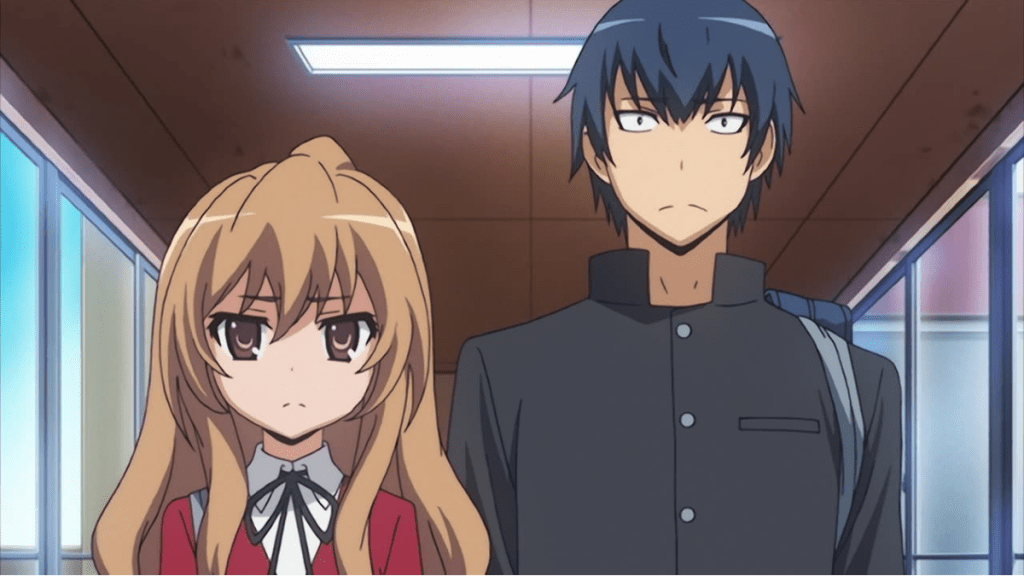
Heian Aesthetics in Anime: From Kimonos to Cherry Blossoms
The Heian court was obsessed with beauty, and that obsession has filtered down into anime’s visual language.
1. Seasonal Symbolism
Cherry blossoms, autumn leaves, snowfalls—these symbols of fleeting beauty were central to Heian poetry and art. They’re also romance anime staples. Think of the cherry blossom petals swirling around Taki and Mitsuha in Your Name. Or the autumn leaves in Clannad. These visuals don’t just look pretty—they evoke the bittersweet transience of love, a concept the Heian court understood deeply.
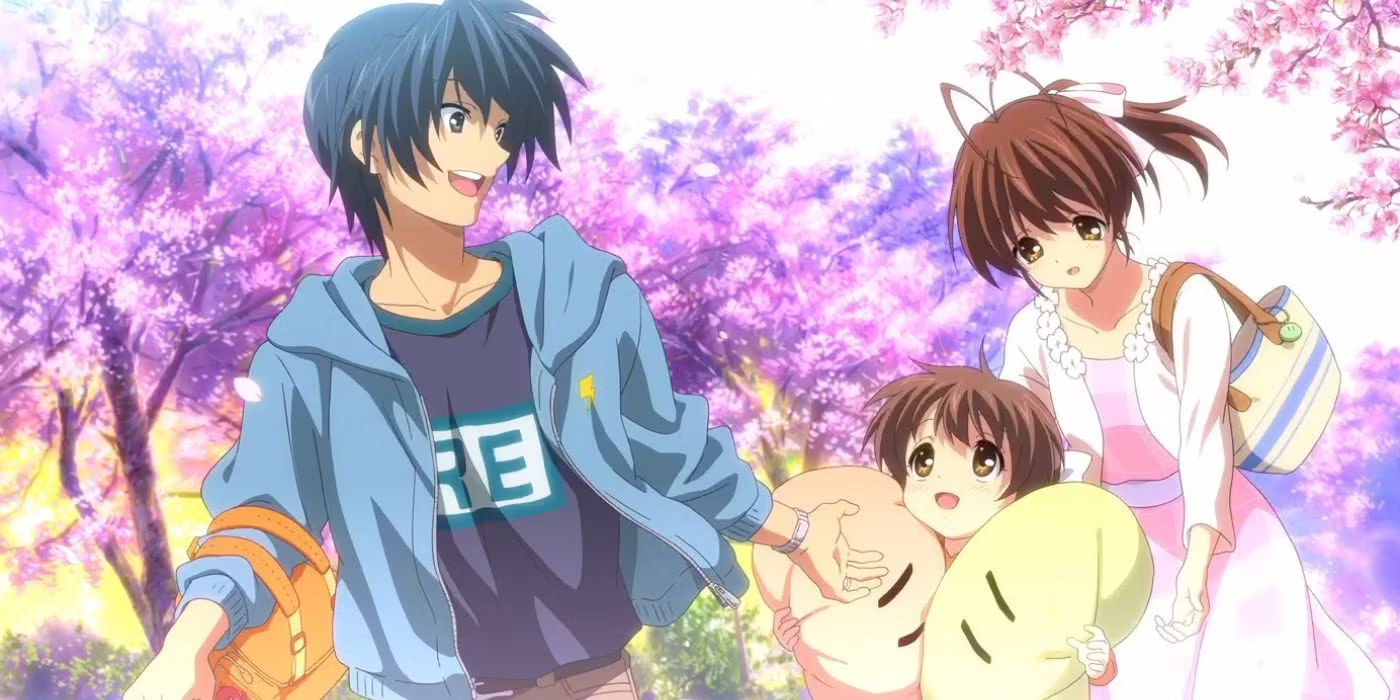
2. Fashion as Storytelling
Heian nobles wore elaborate, multi-layered kimonos that reflected their status, mood, and even the season. Modern anime often uses fashion to convey a character’s emotional state. Take Fruits Basket, where Tohru’s simple but elegant outfits reflect her humble yet kind nature, much like a Heian heroine.
Even the traditional festival scenes in anime, where characters wear yukata (a simpler version of kimono), are nods to Japan’s classical past.
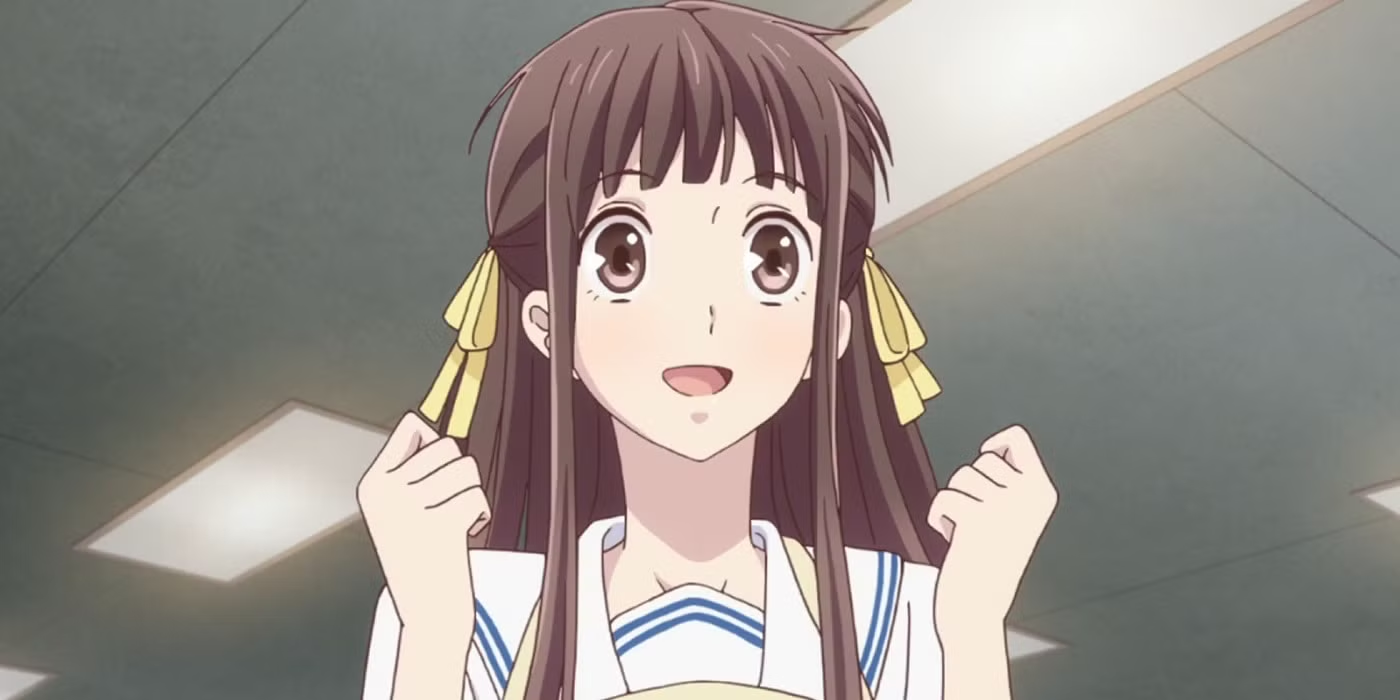
Complicated Relationships: Thank Heian Literature
The Heian era didn’t believe in simple love stories, and neither does anime.
1. Love Triangles and Polygamy
Genji’s love life is a mess of overlapping relationships, jealousy, and unspoken desires. Anime took that template and ran with it. Love triangles (Fushigi Yuugi, Ouran High School Host Club) and harem dynamics (Tenchi Muyo!) owe a lot to the complex romantic entanglements of Heian literature.
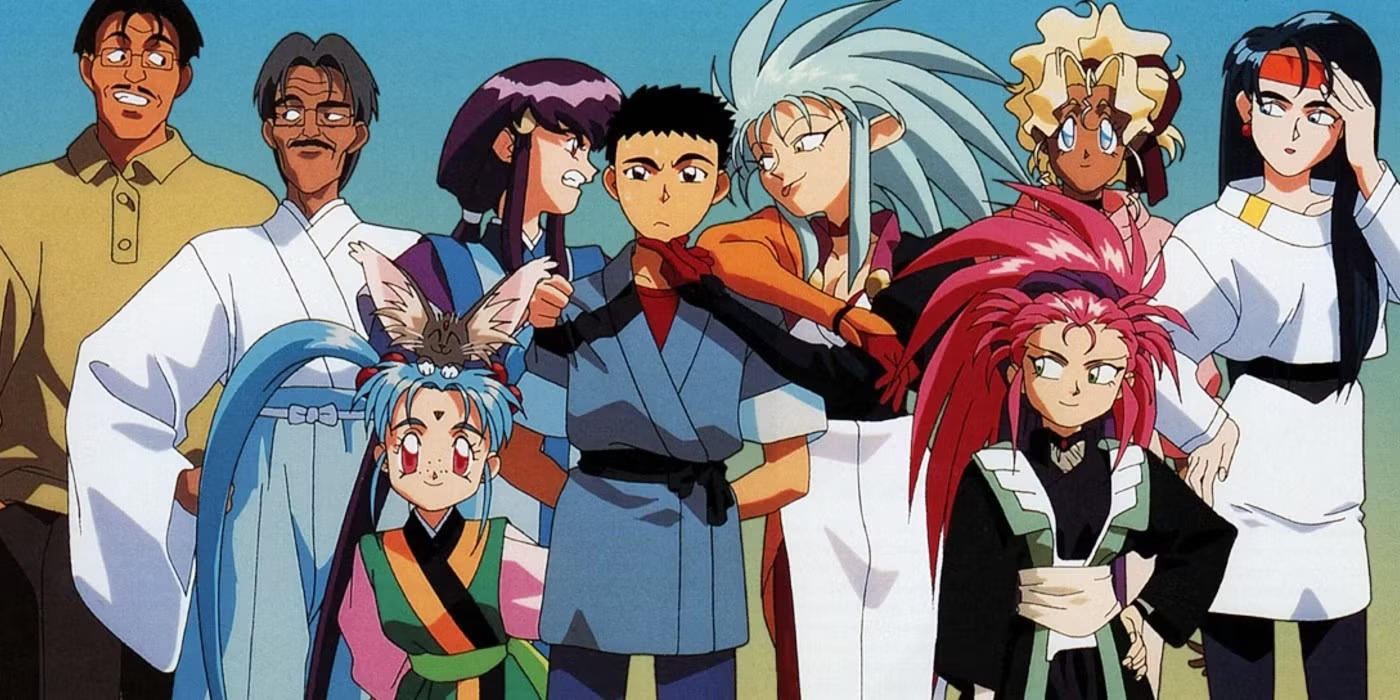
2. Forbidden Love
Many Heian romances were marked by societal constraints. Nobles couldn’t marry below their station, and secret relationships were common. This theme plays out in countless anime, from Romeo x Juliet to Akagami no Shirayukihime.
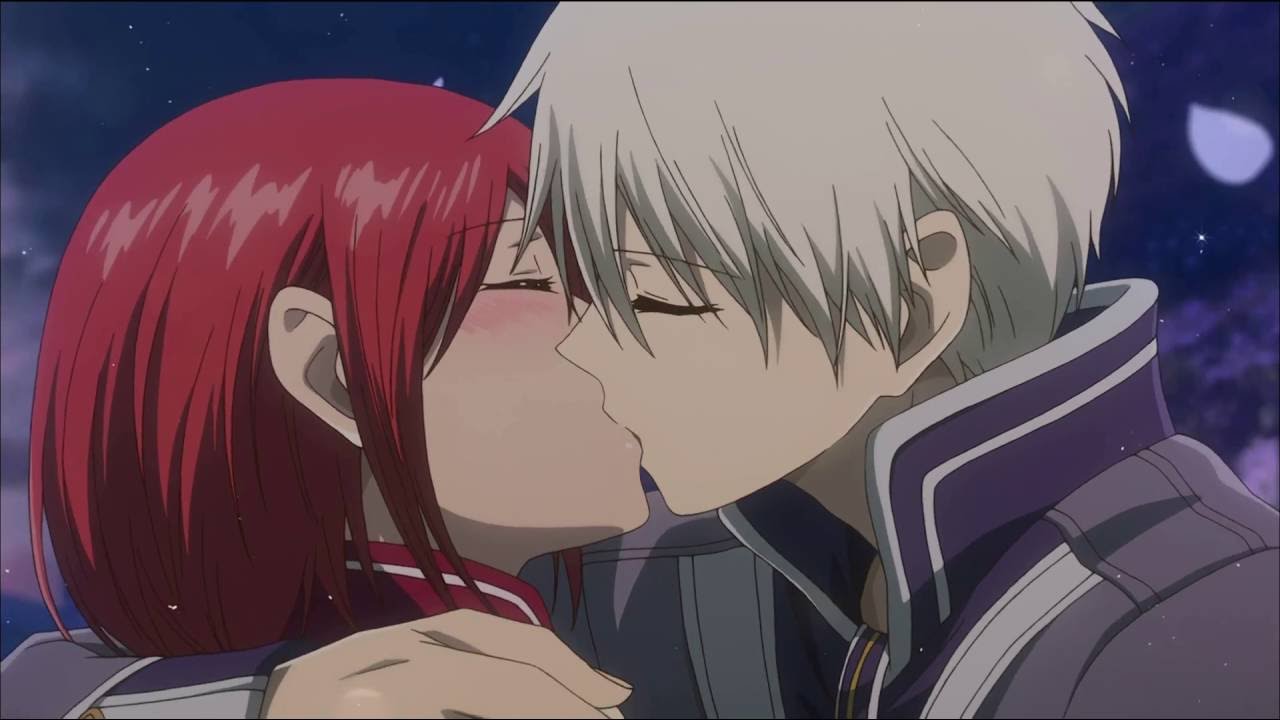
The Feminine Perspective: Lady Murasaki’s Legacy
One of the most revolutionary aspects of The Tale of Genji is that it was written by a woman—Lady Murasaki Shikibu. Her nuanced portrayal of Genji’s lovers, their struggles, and their inner lives set a precedent for complex female characters.
In romance anime, we see echoes of Lady Murasaki’s influence in heroines who are more than just love interests. They have dreams, flaws, and agency. Think of Misaki from Kaichou wa Maid-sama! or Holo from Spice and Wolf. These women feel real because they embody the depth Lady Murasaki gave her characters.
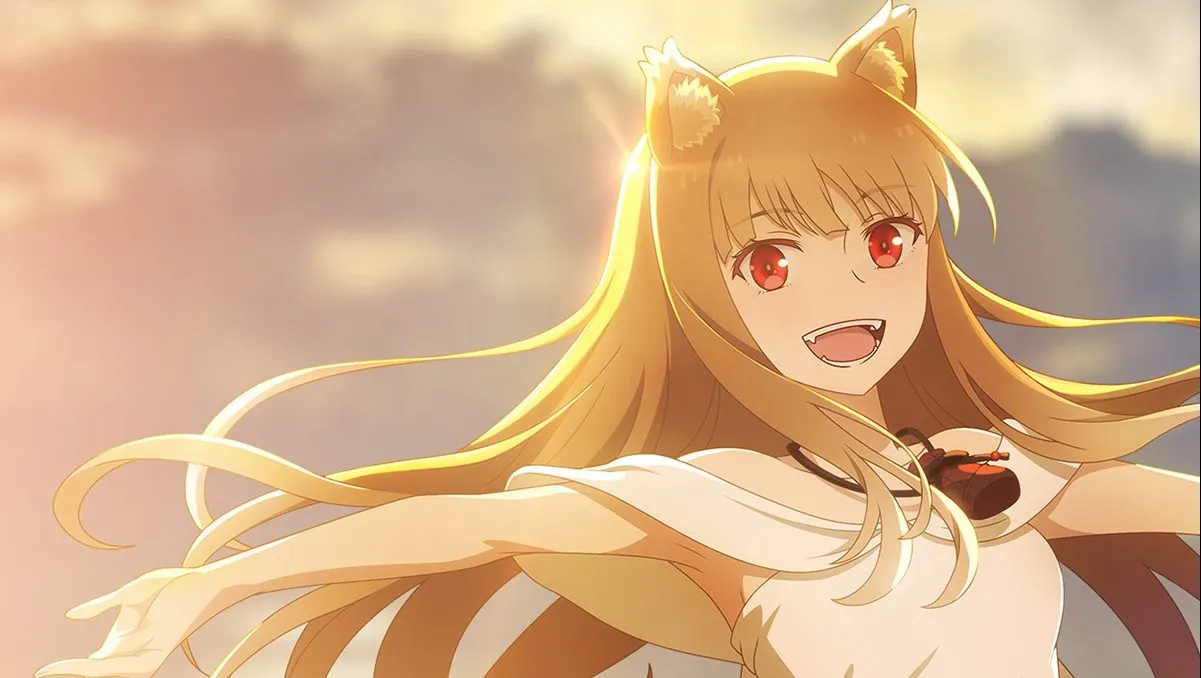
Final Thoughts: From Genji to Ghibli
Though the Heian era may seem as distant as a dream behind a silk screen, its influence on Japanese romance storytelling lingers in every cherry blossom breeze and every wistful, unspoken gaze. It’s a thousand years of love and longing, woven into tales that still make us swoon and sigh today. From the emotional restraint of its poetry to the visual splendor of its seasonal imagery, Heian culture lives on in every wistful gaze and cherry blossom-filled scene in romance anime.
So, the next time you’re crying over an unrequited love story or watching a confession under a sakura tree, just remember—you’re watching a thousand years of history play out on screen.
And somewhere, Lady Murasaki is probably nodding in approval.
Discover more from Ge-erdy Verse
Subscribe to get the latest posts sent to your email.

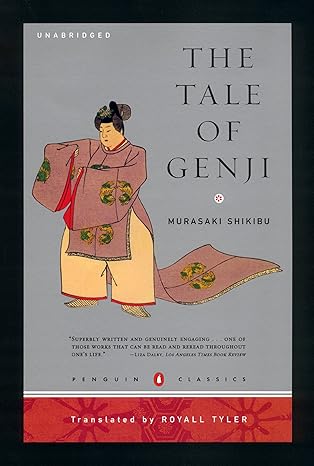

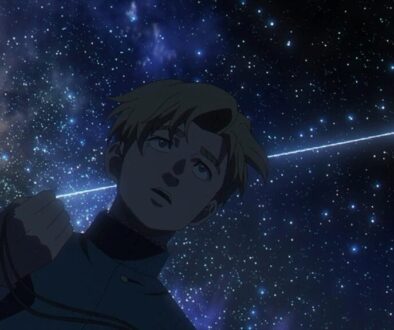
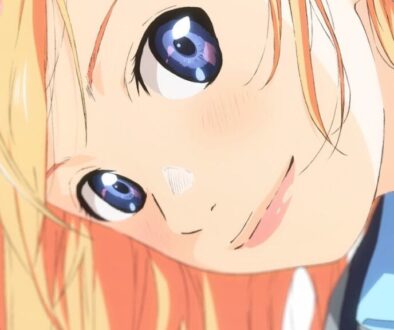
The Creation of a Tearjerker: What Makes Your Lie in April So Emotionally Powerful? - Ge-erdy Verse
April 1, 2025 @ 2:54 pm
[…] on this journey time and again. But what is it about this anime that tugs so relentlessly at our heartstrings? What makes us voluntarily sit through an experience we know will leave us emotionally wrecked? […]